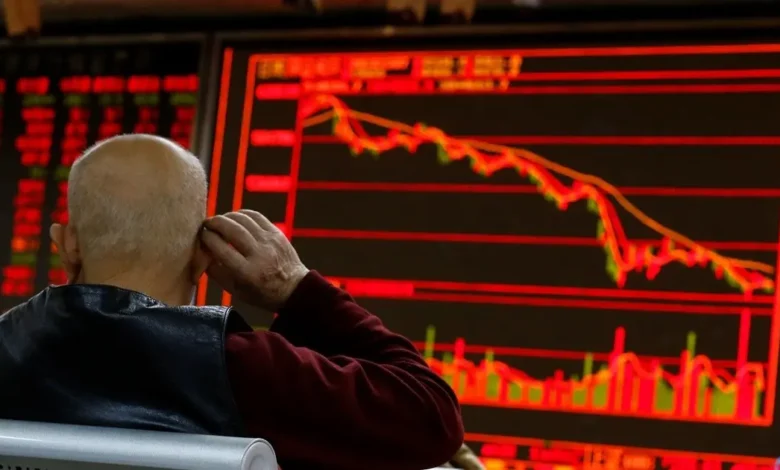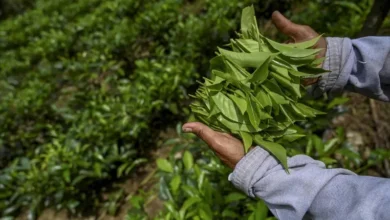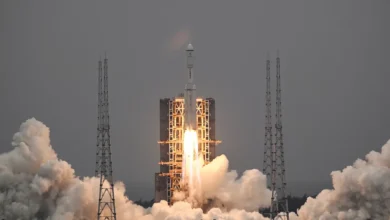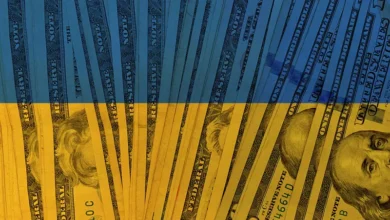China cuts stamp duty on stock trading to boost market confidence

China lowered the stamp duty on stock trades for the first time since 2008, marking a major attempt to restore confidence in the world’s second-largest equity market.
The levy charged on stock trades will be halved effective August 28, the government said in a statement Sunday. Trading floors have been abuzz with anticipation of a reduction since Beijing issued a rare pledge last month to “invigorate capital markets and boost investor confidence.”
The reduction has the potential to trigger a knee-jerk rally in Chi-na’s $9.6 trillion equity market, which is highly sensitive to policy shifts that impact market liquidity. The cut is a boon for Chinese brokerages as well as quantitative hedge funds that use rapid-fire trading strategies.
Authorities have been trying to lure back investors who have soured on the country’s assets as worrying signs mount in the economy, from a property slump to trust defaults and weak consumption metrics. Foreign investors sold mainland China stocks on a net basis for 13 consecutive sessions through Wednesday, the longest stretch ever, data compiled by Bloomberg show.
The CSI 300 Index has declined about 4 percent in 2023 after back-to-back annual losses, and is underperforming a broader gauge of Asian equities by about six percentage points. Authorities this month urged the nation’s top financial institutions including pension fund and large banks to increase stock investments to support the market.
They have also guided mutual fund managers to step up purchases of their own equity funds, cut handling fees on stock transactions and encouraged companies to step up share buybacks.
China adjusted the stamp duty on stock trading several times in the past. In May 2007, it raised the rate to 0.3 percent to cool a rally that was drawing more than 300,000 new investors a day. In April 2008, the government slashed the levy to 0.1 percent to support the market after a plunge, spurring a bull run the following year.










